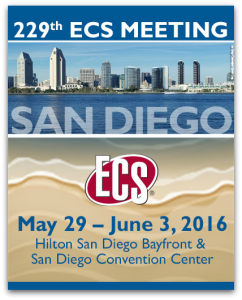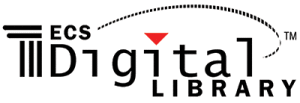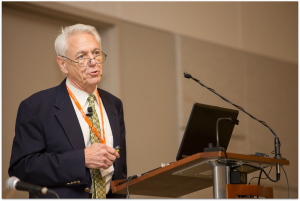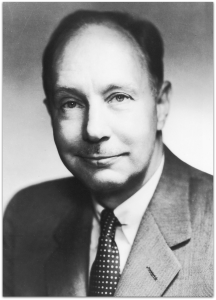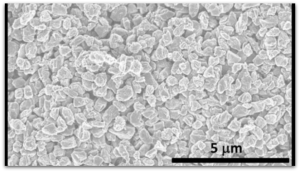With smart technology on the rise, researchers are looking for ways to develop smaller sensors that can help building the landscape of the internet of things. However, this could potentially demand huge sums of power in an era where people are working hard to conserve energy. A research team from Eindhoven University of Technology may have found a solution to this problem with the development of their new extra-small, wireless sensors that are powered by radio waves that make up its wireless network.
With a router nearby, the tiny sensors can pull the necessary energy to give them functionality. The sensor is just 2 millimeters and can communicate temperatures.
This from Gizmodo:
Aboard the chip, a small antenna captures energy from the signals transmitted by the router. Once it’s charged, the sensor quickly switches on, measures the temperature, and then transmits a small signal for the router to detect. The frequency of the transmitted signal relates to the measured temperature.
The researchers predict that the primary use for this sensor will be embedding the device within buildings to monitor conditions. Currently priced at 20 cents per sensor, researchers hope that with continued research, its potential could increase to detecting movement, light, and humidity.
The major issue right now lies in the fact that the sensor can only transmit its signal 2.5 centimeters. While the device is currently not practical, the team believes that its reach can grow to 16 feet with more research.
[Image: Eindhoven University of Technology]

